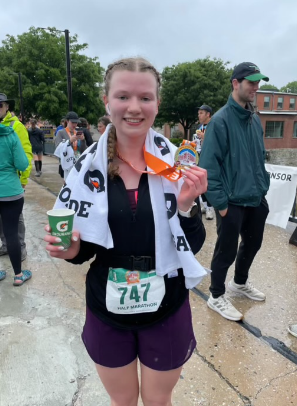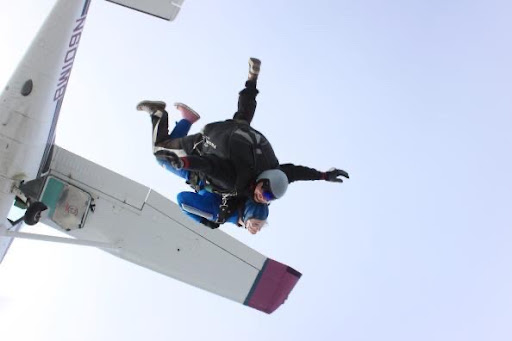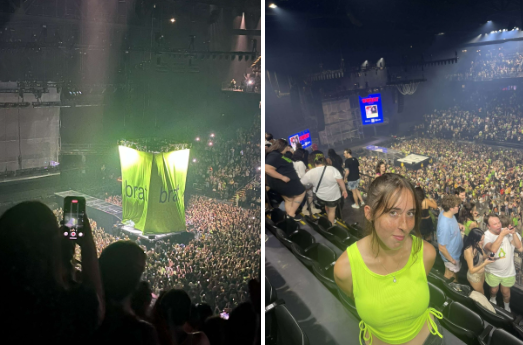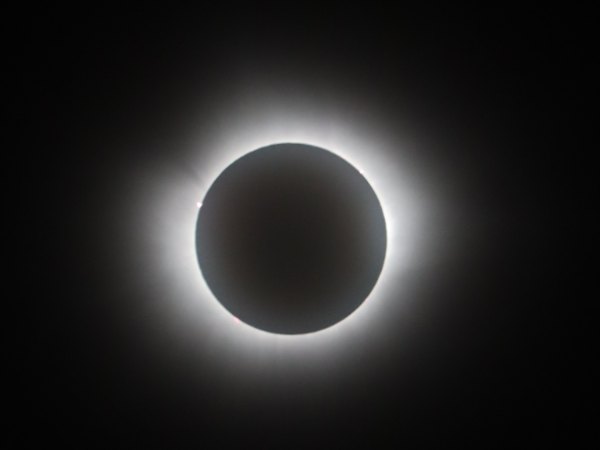Digital shift: 3-D printing makes medical magic possible
Taking the medical field by storm, 3D bone printing has been progressing rapidly as it advances into the animal testing stages of the project. According to 3ders.org, researchers in China have been using the 3D printer to print copies of a patient’s organ and referencing the printed organ as they are operating on the real one.
So far the most successful trials have been achieved by 3D printing a combination of very fine bone powder and a biological glue to form complete animal bones, and they are now ready to start testing the structural differences between 3D printed bones and actual ones. This development comes along during the wave of 3D printing innovation in Guangzhou, China.
The same source reports that last April, one patient in Zhujiang Hospital underwent surgery for a resection of his liver. Due to a large and complex spread of cancer of the liver, 60% of it had to be removed. Huang Wenhua, the university president at Southern Medical University, and his team, created a set of 3D printed models of the patient’s liver, complete with veins, arteries and the cancer itself. With this 3D printed set, surgeons were able to complete the surgery, only removing 42.8% of the liver.
Wenhua, along with professors OuYang Jun and Qiu Xiaozhong, came up with a system of 3D printing with a bone powder made from actual human or animal bones. Wenhua explained that he began considering the use of this Allograft bone powder as a 3D printed material because it was actually made from creatures in the same category as it is used for, theoretically increasing the chances of biological compatibility, especially in comparison to metal implants.Therefore, his team has been experimenting with the 3D printing of goat and rabbit implants made from ground up goat and rabbit bones.
The 3D printing process of these materials is a very precise task. Thin layers of bone powder (around 0.1 mm) are 3D printed, followed by a layer of bio glue, followed by more powder, and again by glue, and so on.
North Harford senior Alison Beers was asked about her thoughts on the 3D bone printer in which she replied, “I think it’s an amazing discovery in medicine. It could help a lot of people by giving them new options for better solutions to their injuries.”

















